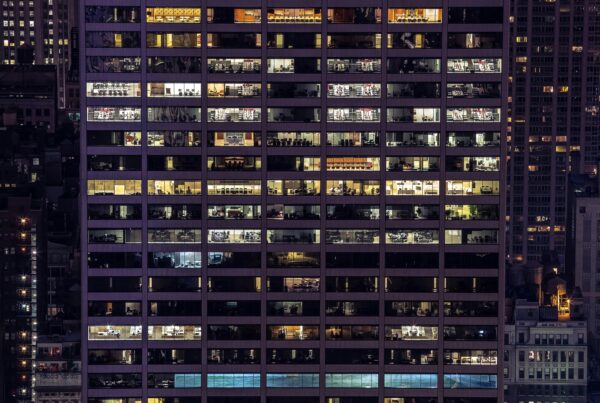Right now, a megacity is emerging in China. The big goal is to connect the city of Beijing, the port city of Tianjin, and the province of Hebei into one huge megalopolis the size of Kansas. If plans push through, the new megacity would be home to as many as 130 million people—that’s about one third of the entire population of the United States.
Elsewhere in the world, cities just happen, evolving organically over time. But cities in China don’t just happen. Every detail is planned, every aspect is thoughtfully engineered. Make no mistake: China is dead serious about its smart cities.
Already known as Jing-Jin-Ji—from (Bei)jing, (Tian)jin, and Ji (another name for Hebei)—, the new megacity isn’t just one large extended city but more of a formidable megaregion.
“The new region”, according to the New York Times, “will link the research facilities and creative culture of Beijing with the economic muscle of the port city of Tianjin and the hinterlands of Hebei Province, forcing areas that have never cooperated to work together.”
Speed Rail and Density.
For all this to happen in Jing-Jin-Ji, transportation is key of course.
The New York Times, which details the story of Jing-Jin-Ji, has a very telling anecdote on this: elderly parents of those young employees wake up early in the morning to stand in line at the bus stop, just to save a place for their sons and daughters. These daily commutes via bus from Hebei can take as long as three hours, which is why China is gearing up its high-speed rail to address exactly this scenario.
So far, delays in infrastructure constructions have left crucial highways unfinished, unconnected to other highways, and ending abruptly at the middle. A planned subway line to be done by 2020 hopes to resolve this major snag, although some critics feel that adding another economic circle to the existing “ring roads” can only worsen Beijing’s rampant congestion.
Population density is one other aspect that ought to be addressed in any smart city. Beijing right now is severely congested, in terms of traffic, people, and more importantly, pollution. The construction of Jing-Jin-Ji, which will reallocate several industries and even bureaucratic organizations to a wider area, hopes to alleviate this congestion. As urbanization spreads to their area, more people will also have access to good-paying jobs.
Smart Cities. And Ghost Cities.
China has an impressive track record in developing cities where there was previously none. But not all its urbanization endeavors are right on track.
While some smart cities successfully turn out as planned, there are also those that fail inexplicably, devolving instead into unutilized, uninhabited ghost cities. There’s a handful of these ghost cities spread all over China, such as Ordos, Tianducheng, Dongtan. Currently, as much as 600M sq.m. of floor space lies unused and inhabited, enough to cover Madrid.
There are good intentions behind these failed ambitious projects, of course. And while every detail has been planned impeccably, they still flopped because of various internal and external reasons.
It’s not as bad as it seems though; these ghost towns serve as lessons instead, a very expensive rehearsal for better smart cities to come. And anyway, those office high-rises and apartment buildings can always be repurposed one way or another.
In all of these, planning smart cities is definitely something China is getting good at over the years. The staggering effort in coordinating systems, technologies, constructions, and funds, as well as creating relevant policies that will run the new city, is very commendable.
So while a lot of things can go wrong and out of hand for cities built from scratch, there’s plenty that could succeed as well given the right planning. Other nations can certainly learn a lot from such endeavors.
* * *










